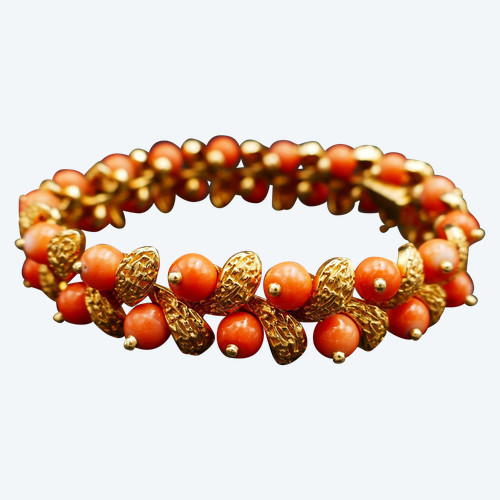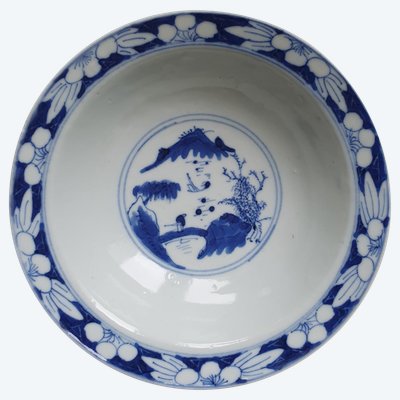- JUST IN
- FURNITURE
-
DECOR
Featured item
 Napoleon marble inkwell, 19th century
450 € EUR
Napoleon marble inkwell, 19th century
450 € EUR
- COLLECTION
- ART
-
JEWELRY & WATCHES
- ANTIQUE DEALERS
- MAGAZINE
Antikeo, the Art • Antiques • Design marketplace, offered for sale and certified by professional antique dealers
Antikeo, the Art • Antiques • Design marketplace, offered for sale and certified by professional antique dealers





















